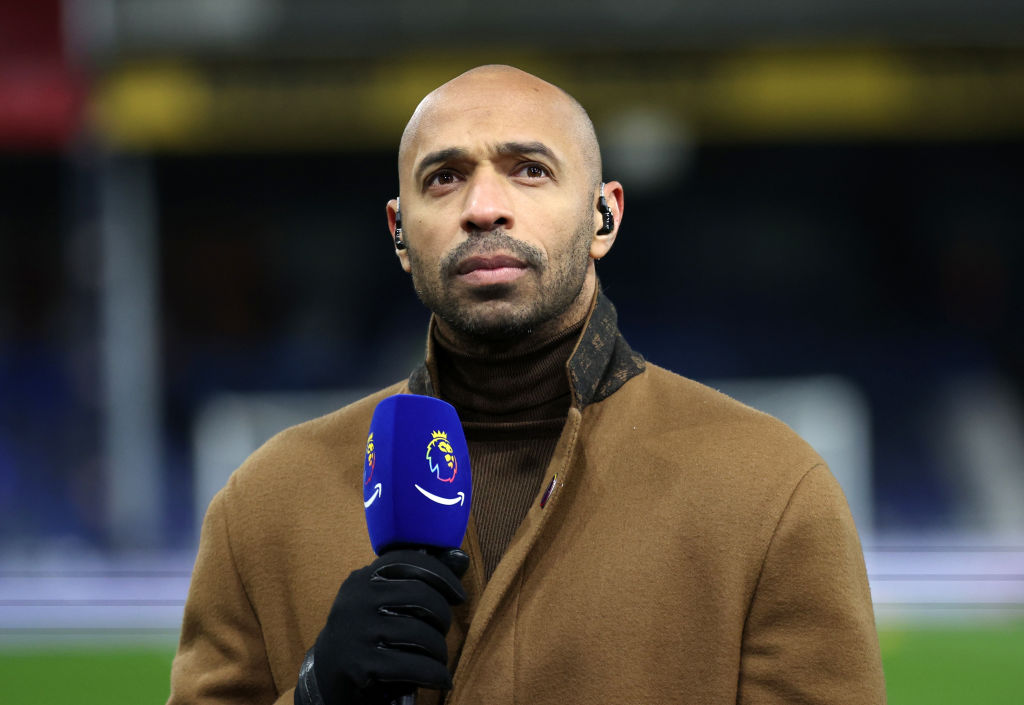4 Stats Zone notes from Swansea vs Liverpool: set-piece woe, passing networks and more
Seb Stafford-Bloor was at the Liberty Stadium to use the award-winning Stats Zone app. Here are his four analytical pointers from the game…
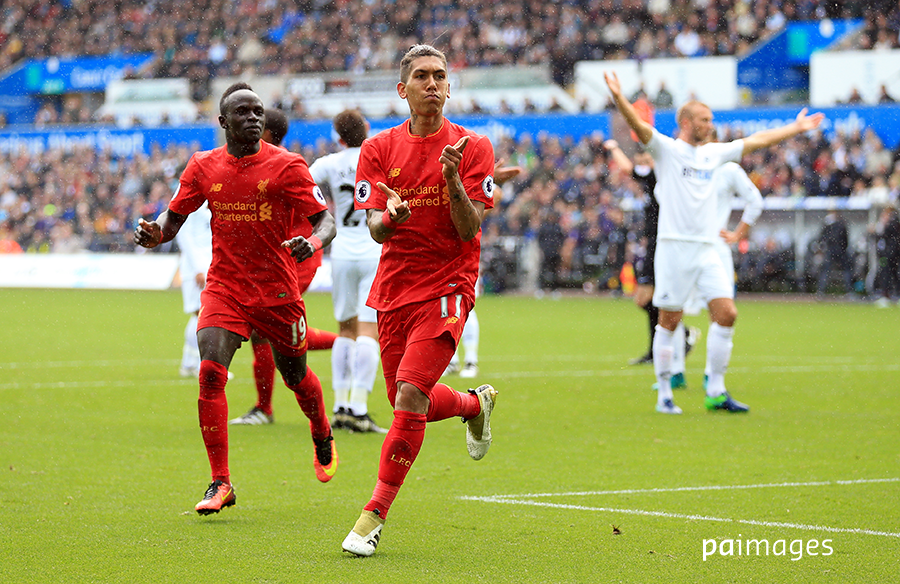
1. Liverpool continue to struggle at set-pieces
A brilliant attacking team, but with seemingly incurable flaws
Liverpool remain in a purgatory between what they were at the end of Brendan Rodgers' reign and what they aspire to be under Jurgen Klopp. A brilliant attacking team, but with seemingly incurable flaws. On the most recent edition of Monday Night Football, the German had spoken of his side's lingering fragility at set-pieces. Reliably, that was the source of Swansea's first goal at The Liberty: a simple corner routine which was admirably well executed but which, ultimately, should have been better defended.
Though Klopp has acknowledged this weakness, he seems incapable of remedying it; 25 minutes into the game, Borja Baston - again courtesy of some positional dysfunctional - drifted onto a free-kick and should, with a better connection have doubled the lead. And, though it ultimately didn't cost them any points, Loris Karius flapped hopelessly at a second-half cross and, right at the death, Mike van der Hoorn was presented with a golden chance to equalise. In open play and facing a central threat, the Liverpool back-four can look well-drilled, but present them with a dead-ball or wide situation and they melt.
Klopp has issues with the height of his backline, but none of Saturday's wobbles were a direct result of that. Rather, they were the consequence of organisational ailments, failures to win one-on-one battles and that peculiar foggy uncertainty which follows them around. In the first-half, Swansea completed just a single pass inside Liverpool's penalty-box, compared with Liverpool 13 inside their own, and yet created the best three chances of the game. By full-time, a similar story: just two passes completed in the penalty box and yet, on a different day, Guidolin's side might have scored four times from crossing situations.
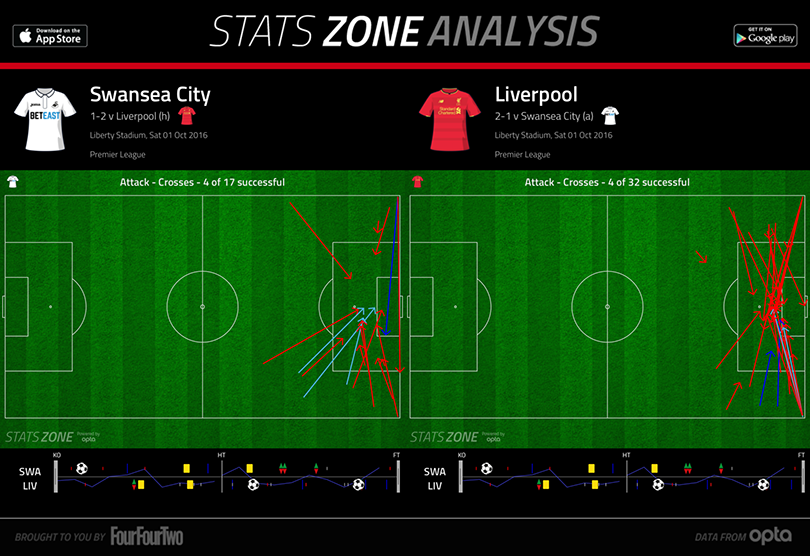
The pale blue lines on the graphic donate chances that came from crossing situations, the deep blue depicts the corner which eventually led to the first goal. For a side with Liverpool's aspirations, that's a frighteningly specific weakness.
2. Another half-performance from Swansea
Swansea have struggled with their intensity this season. While capable of pressing and harrying most opponents out of a rhythm, they've typically been prone to hazardous lapses which have cost goals. After the game with Chelsea, Guidolin had proclaimed himself delighted with his team's first twenty minutes, only for them to fall behind after Diego Costa capitalised on a series of busted defensive assignments.
Get FourFourTwo Newsletter
The best features, fun and footballing quizzes, straight to your inbox every week.
This game followed a similar pattern. Swansea were initially excellent and, in a first-half characterised by their energy, they restricted Liverpool to slow, blunt possession beyond the hallway line. While the visitors enjoyed plenty of the ball, they struggled to penetrate the areas in front of the home box and were limited to playing around the area and into only semi-threatening positions inside it.
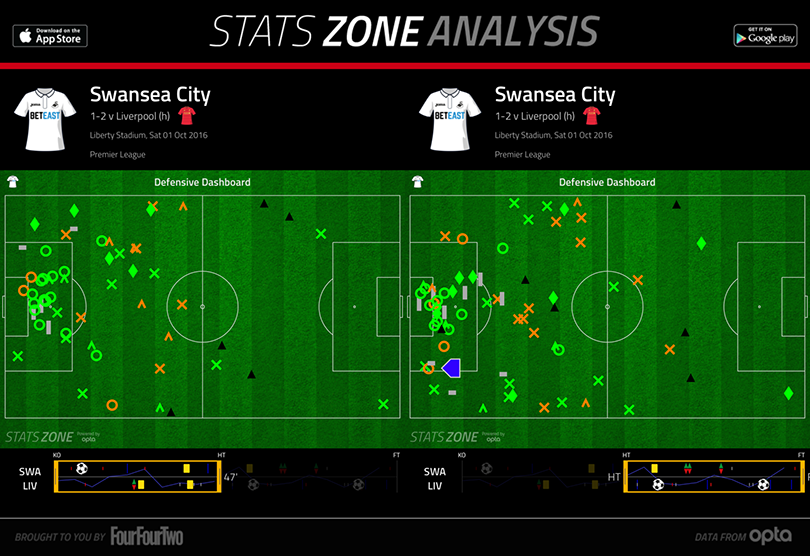
Four missed tackles outside the home box in the second half
Liverpool's equaliser, then, was strikingly familiar. A long ball from a half-cleared free-kick fell to Roberto Firmino and, completely unchallenged, headed in the game's second goal. From there, the bad Swansea emerged. Their opponents' temperament certainly rose, but - whether through wavering self-belief or because of troubling deja va - their own discipline dropped. The midfield, so rigid and strong in the first-half, became porous and weak; from having no central space to penetrate, Liverpool gradually began to infiltrate at will. Philippe Coutinho, who had been shackled and held shotless in the first-half, would finish the game having had more attempts (four) than any other player and, even prior to the penalty, had started to dance ominously into dangerous areas.
Swansea are not a bad team and neither are they putting in bad performances; but they are half-a-side and remain bafflingly incapable of sustaining their manager's disciplines for an entire game.
3. Jordan Henderson continues to grow
Henderson is in excellent form and this season has seen him begin to establish his own identity as captain. Saturday was another example of that.
He is not a particularly dynamic player, but that isn't necessarily a problem. In time, his value may prove to be in the stability he brings and the type of possession he recycles. He combined 19 times with Joel Matip, 16 with Dejan Lovren and completed more passes than any other player. It wasn't, by itself, a game-changing influence, but Henderson's value has to be assessed in terms of what he allows Liverpool's more advanced players to do. On Saturday, he was their baseline: a genuinely two-way presence. As an example, Philippe Coutinho's emergence as a force in the game owed much to his captain. Henderson supplied him with the ball 11 times but, perhaps more importantly, he provided a reliable outlet for him, too, receiving the ball from the Brazilian eight eight times and providing sacntuary whenever he turned into trouble or was pressed. In tight games, simply keeping the ball and allowing pressure to build on a creaking opponent is sometimes enough.
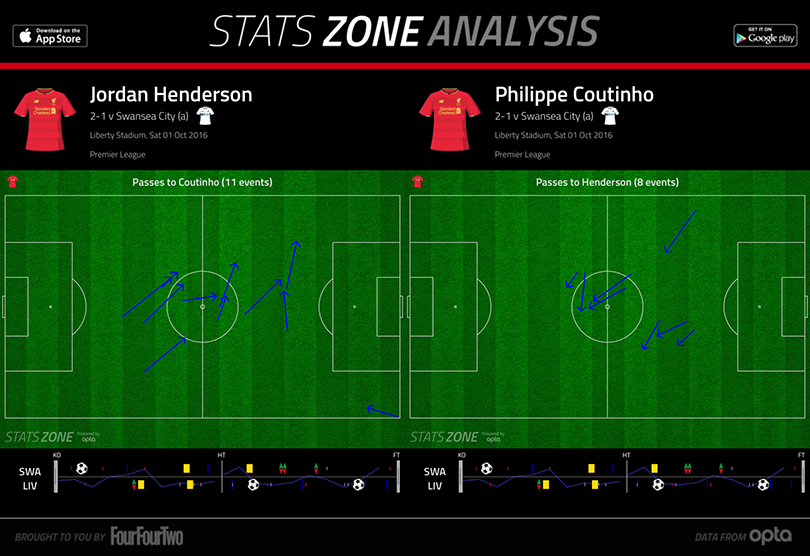
Henderson and Coutinho's exchanges
A spectacular role it was, but it was still an important one. When Liverpool are afforded counter-attacking opportunities and the chance to ripple their attacking muscle, Jurgen Klopp's forwards rightly receive much of attention. In games like this, though, they need steady components like Henderson more than their incendiary elements. Beyond his three tackles, his two interceptions, and his team-leading three clearances, he played the rhythm-controlling role perfectly at the Liberty.
4. Gylfi Sigurdsson remains on the periphery
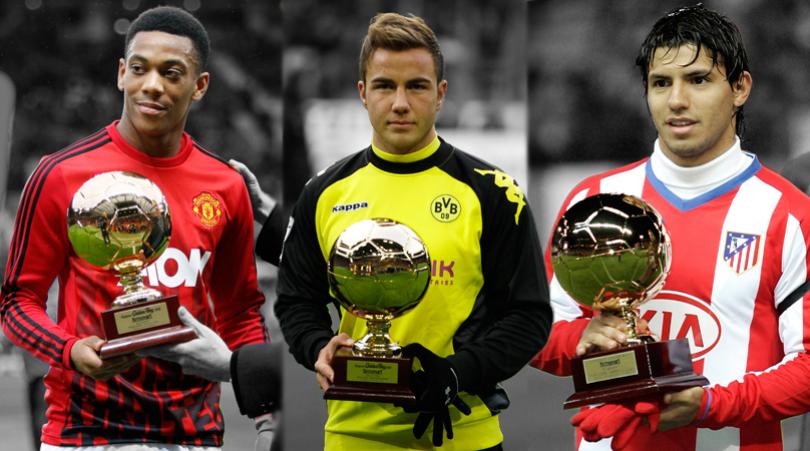
Gylfi Sigurdsson cuts a frustrated figure at the Liberty Stadium these days. Though comfortably Swansea's most creative player and the one who invariably looks likely to shape their attacking patterns, the system in which he's operating tends to isolate him from his forward, his supporting midfielders, and from the width of the full-backs. It's not ideal.
Swansea's priority on Saturday was to subdue Liverpool and, smartly, not to arm them with counter-attacking opportunities. While a perfect balance would always have been difficult to find, when the hosts did break out of their own third, they would typically find Sigurdsson in positions in which he had to consolidate or switch the play rather than actually progress it. He connected with lone forward Borja Baston only six times and made just 16 successful passes in total, less than any other player who completed 90 minutes. His first-half free-kick aside, he also failed to complete a single ball into the Liverpool box and, in a statistic more damning of the system than him personally, was limited to receiving possession twenty-five yards out and beyond. Sigurdsson is a gifted footballer and he can change games in wonderful, eclectic ways, but there must be some deference to the percentages and a greater emphasis on using his abilities in the areas in which he's most valuable.
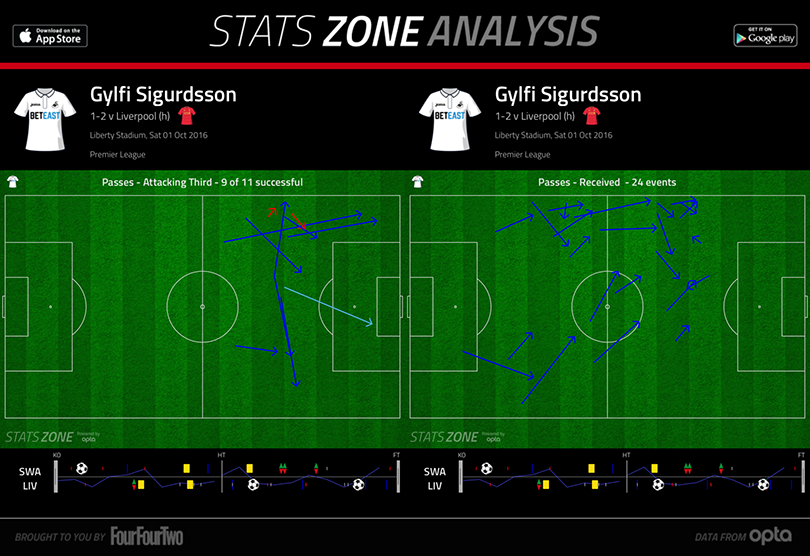
Sigurdsson's passing and pass reception points
On Saturday, Guidolin had to shape his tactics around his rebuilt defence and in a way that guarded against Liverpool's attacking power. But, while he was right to emphasise protection over ambition, his unwitting dilution of Sigurdsson's influence meant that his players struggled to both alleviate the pressure on themselves and, ultimately, to create much from open play. It was a problem this weekend, it has been a problem all season; Swansea must rebalance their attacking approach.
Seb Stafford-Bloor is a football writer at Tifo Football and member of the Football Writers' Association. He was formerly a regularly columnist for the FourFourTwo website, covering all aspects of the game, including tactical analysis, reaction pieces, longer-term trends and critiquing the increasingly shady business of football's financial side and authorities' decision-making.
